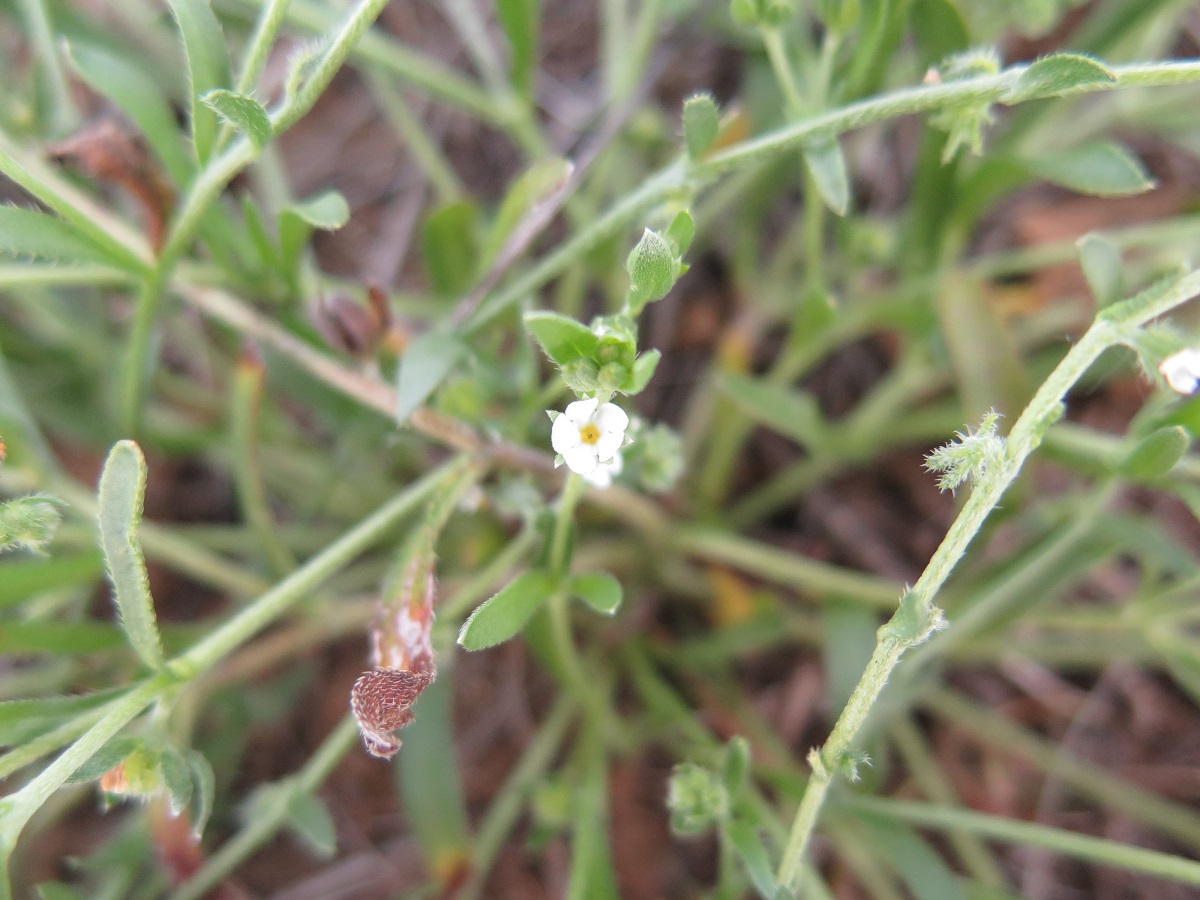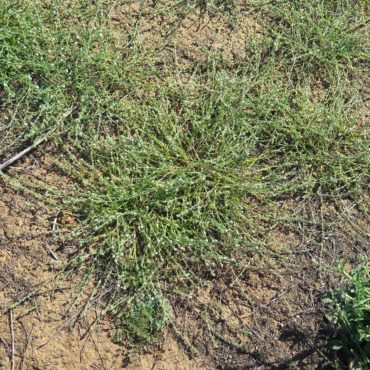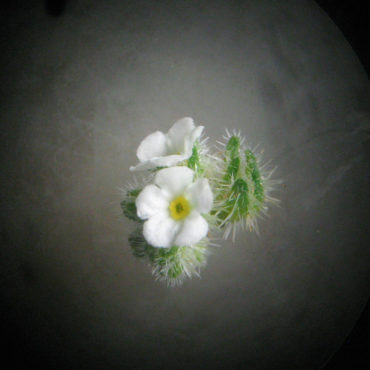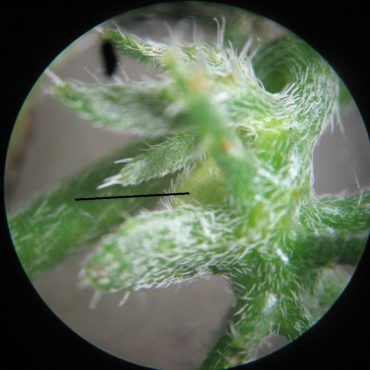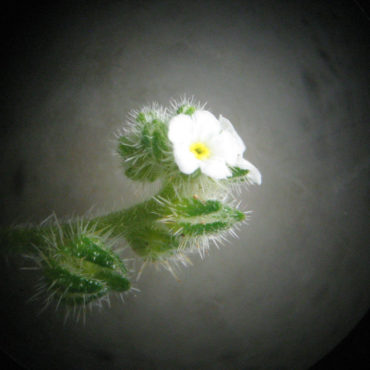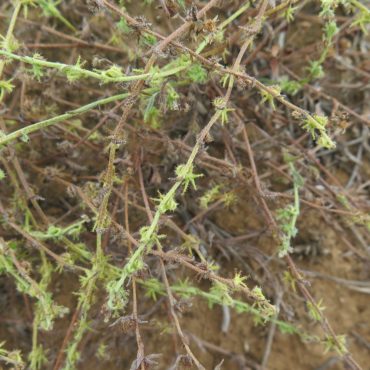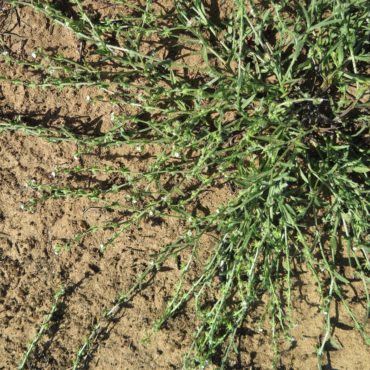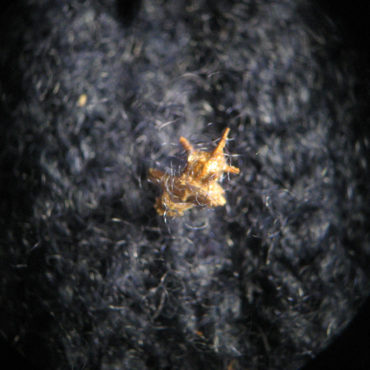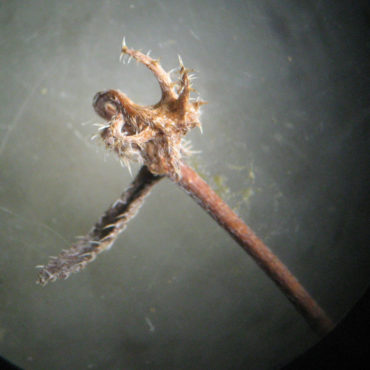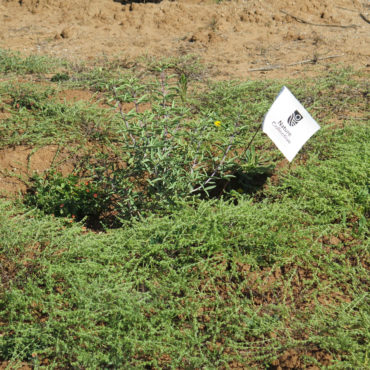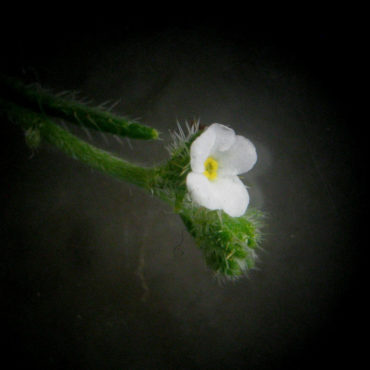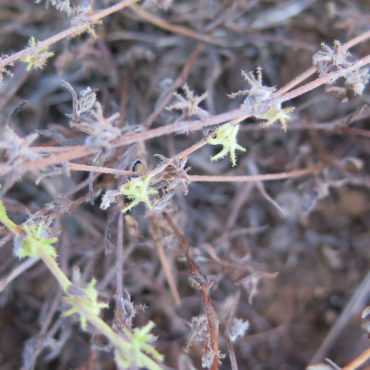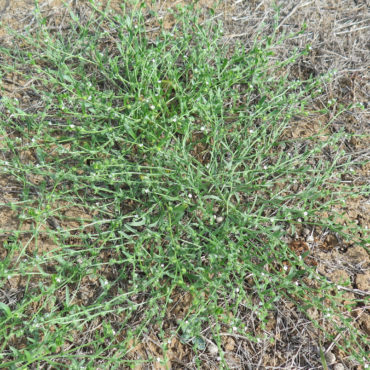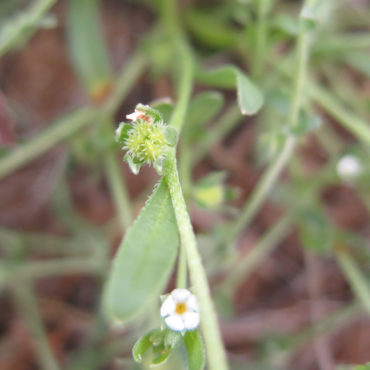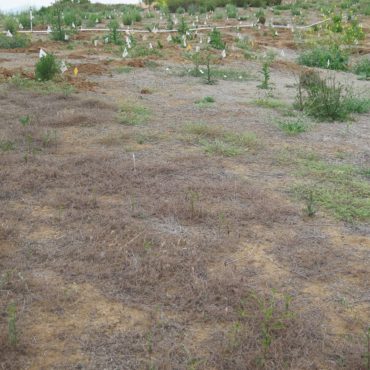Ecology
Seeds of higher plants are often dispersal units,41 moving the next generation of plants away from the parents, avoiding competition for light, water and nutrients, and expanding the population into new areas. Seeds have adapted to make use of many modes of transportation, such as air, water, ballistics, gravity and animals. The most irritating of these seeds (from a human perspective) are undoubtedly the bristly and hooked seeds that cling to parts of passing animals, including bird feet, animal fur and human clothes. In spite of the large numbers of seeds that get pulled out of socks and sweaters, these hitchhiking seeds are produced by less than 5% of plants.41 As its name implies, Palmer’s grapplinghook is one of them.
In an informal survey in the southwest U.S.,528 annoying hitch-hiking seeds were ranked in order of Sock Removal Difficulty Units (SRDUs). Among the 14 top ranked species Palmer’s grapplinghook (the study calls it stick-tight) ranked number one with 10 SRDUs, out hitchhiking the infamous castor bean (Xanthium strumarium ) by two whole units. “A cold night in a sleeping bag with ‘scratchy’ stick-tight [Palmer’s grapplinghook] burs embedded in your long underwear, is an unforgettable experience.”
However, in a broader survey, Palmer’s grapplinghook was out hitchhiked by a tree from Madagascar, Uncarina grandidieri, which earned 12 SDRUs.

